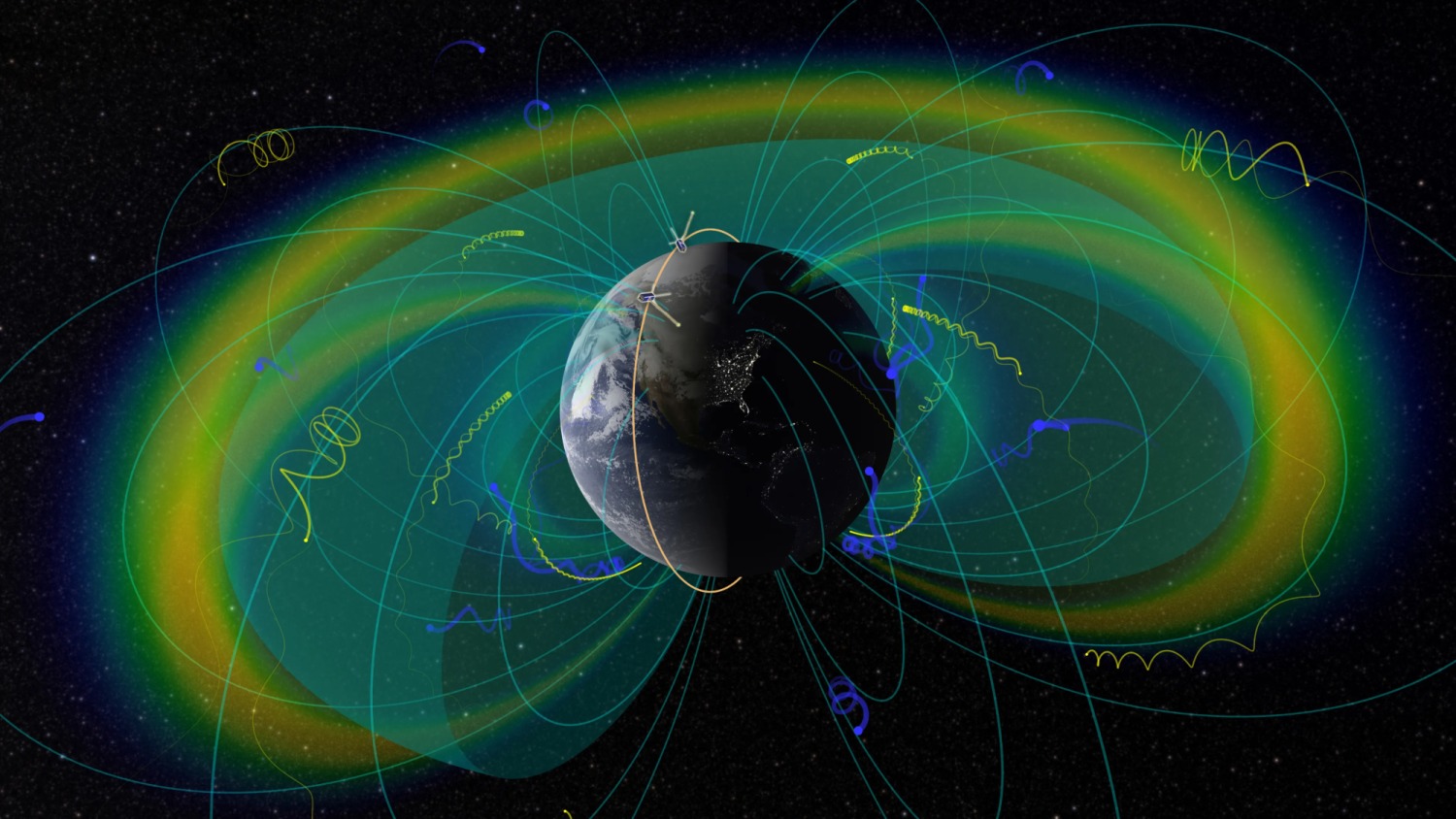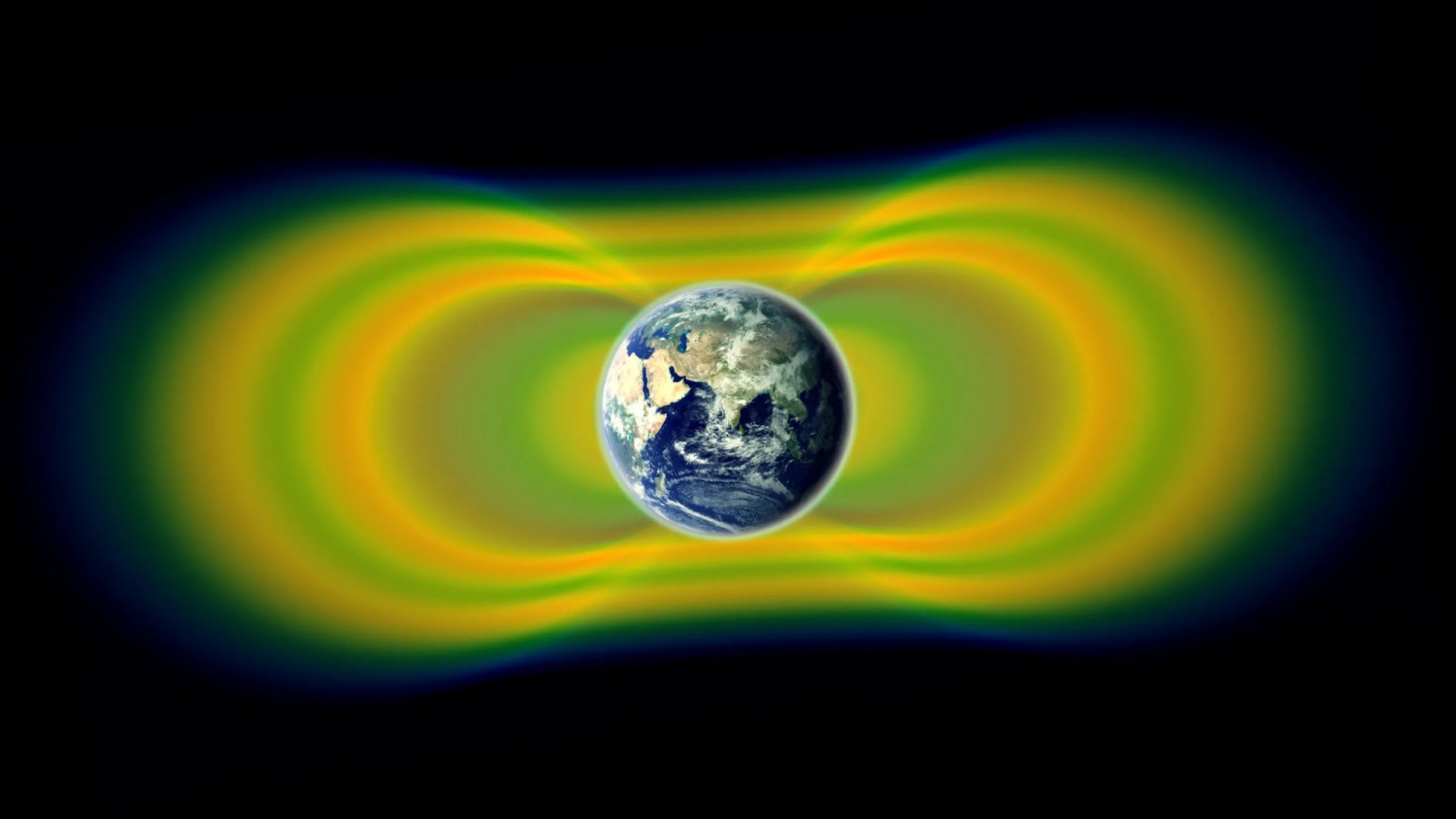Lightning is one of nature’s most impressive phenomena. However, their influence goes far beyond the atmosphere. A new study has found that powerful lightning strikes can push high-energy “killer electrons” out of Earth’s radiation belt and scatter them into space. This unexpected discovery helps to better understand the relationship between atmospheric phenomena and conditions in near-Earth space, which is important for the safety of satellites and astronauts. The results of the study are published in Nature.

Earth’s radiation belts and killer electrons
The Van Allen radiation belts that surround the planet retain charged particles from the solar wind and protect the Earth from their deleterious effects. However, sometimes these particles slip away, becoming a source of threats. The inner belt is located at an altitude of 640- 9,600 km, while the outer belt is 13,500-58,000 km from the surface.

“Killer electrons” are particles that travel almost at the speed of light. They can penetrate the satellites’ protective shells, disabling electronics and generally shortening their lifespan. In addition, such electrons are dangerous to the health of astronauts because they can cause radiation damage.
Impact of lightning on radiation belts
Researchers found a link between lightning storms and high-energy electrons by analyzing satellite data. They found 45 bursts of electron activity between 1996 and 2006, some of which occurred almost simultaneously with lightning strikes.
Lightning strikes generate low-frequency electromagnetic waves, so-called whistlers. They cause turbulence in radiation belt plasmas and can accelerate electrons, transferring energy to them in a chain reaction. As a result, relativistic electrons are formed that can harm machinery and people in space.
Need for further research
It is still unknown how often lightning can cause killer electrons and which conditions are conducive to this. Probably, the important factors are solar activity, plasma density and wave activity intensity. Further research will help to better understand this mechanism.
The findings emphasize the importance of space weather monitoring for spacecraft and astronaut safety. During severe storms, crews in orbit can avoid danger by staying in sheltered areas to keep from being “electronically rained on.”
We previously reported on how a radiation belt was first discovered on a distant exoplanet.
Provided by colorado.edu


